
His name is Wilmer Brizuela, Wilmito to his friends, but to the inmates of Vista Hermosa, he is simply the Pran, the unquestioned leader of one of Venezuela’s notorious prisons. Outside its walls, the Venezuelan national guard patrols; inside, the inmates live and die in a world of their own making. Brizuela has occasionally allowed reporters to visit for a few hours, but earlier this year, he gave photojournalist Sebastián Liste and me exclusive, full access to the prison for more than a week, revealing an improvised society that mirrors the one outside.
Brizuela, who is serving sentences of 10 years for kidnapping and 16 years for murder, believes that his rule over the 1,400 inmates of Vista Hermosa (Beautiful View) in the southern state of Bolívar is more humane than that of the Venezuelan prison authorities, who have been widely criticized by human-rights groups for the overcrowding, poor living conditions and corruption in the country’s prisons. Gang violence is rampant; last year 591 inmates were killed, according to the Venezuelan Observatory of Prisons, a watchdog group. Under strongman Hugo Chávez, advocates and journalists who reported on abuses in Venezuela’s prisons faced intimidation and threats of violence; conditions have not improved since Chávez’s death.
Vista Hermosa is emblematic of these problems. Built in the 1950s to house 650 inmates, it now houses more than twice that number. As the population grew, clashes between prisoners and guards became common. Rather than improve conditions, prison authorities have allowed them to descend into near chaos. Since Brizuela, a champion boxer, and his gang took control of Vista Hermosa by force in 2005, drug use and violence are still widespread but tightly controlled. “So far we have achieved peace and a minimum of decent human living standards,” Brizuela says.
Entering Vista Hermosa during visiting hours feels a bit like stepping into the streets of a bustling slum. There are open-air vendors selling DVDs, medicine and snacks amid the unbearable heat and thumping techno music. There are plazas for dancing and a more formal ballroom for parties. In these areas, visiting women and children walk freely, the iron bars have been removed and the walls are freshly painted. The prison, like any society, has distinct subcultures. There are Christian evangelists, called varones, who live, pray and sing together and work hard to keep their spaces clean. Gay inmates have their own quarters, where they can live without fear of harassment.
Vista Hermosa feels like an extreme version of Venezuela itself, in microcosm. Along with the families and celebrations, there is violence and despair. Dozens of addicts, their bodies withered by crack and other drugs, smoke and sleep in rows of hammocks or on piles of trash. Men serving time for sex crimes live in an area far removed from the other inmates. And this society of prisoners has a prison of its own the zone known as La Guerrilla, where gandules, the renegade inmates who have violated Vista Hermosa’s unwritten code, are kept under armed guard. Their inmate-jailers make surveillance rounds night and day armed with pistols, high-caliber revolvers and automatic rifles.
Prisons like Vista Hermosa, which Brizuela says generates about $3 million a year in profit from illegal activities and weekly taxes paid to the Pran by the inmates, could not function without the complicity of corrupt officials who allow drugs and weapons inside. Even the Pran fears them. As Brizuela puts it, “The arms are for protecting us from the national
guard.”
Jorge Benezra is a journalist based in Venezuela. Follow him on Twitter @JorgeBenezra.
Sebastián Liste is a Brazil-based photographer. In September 2012, he received the Getty Images Grant for Editorial Photography and the City of Perpignan Rémi Ochlik Award. LightBox previously published Liste’s work documenting the community living in an abandoned chocolate factory. Follow him on Twitter @SebastianListe.
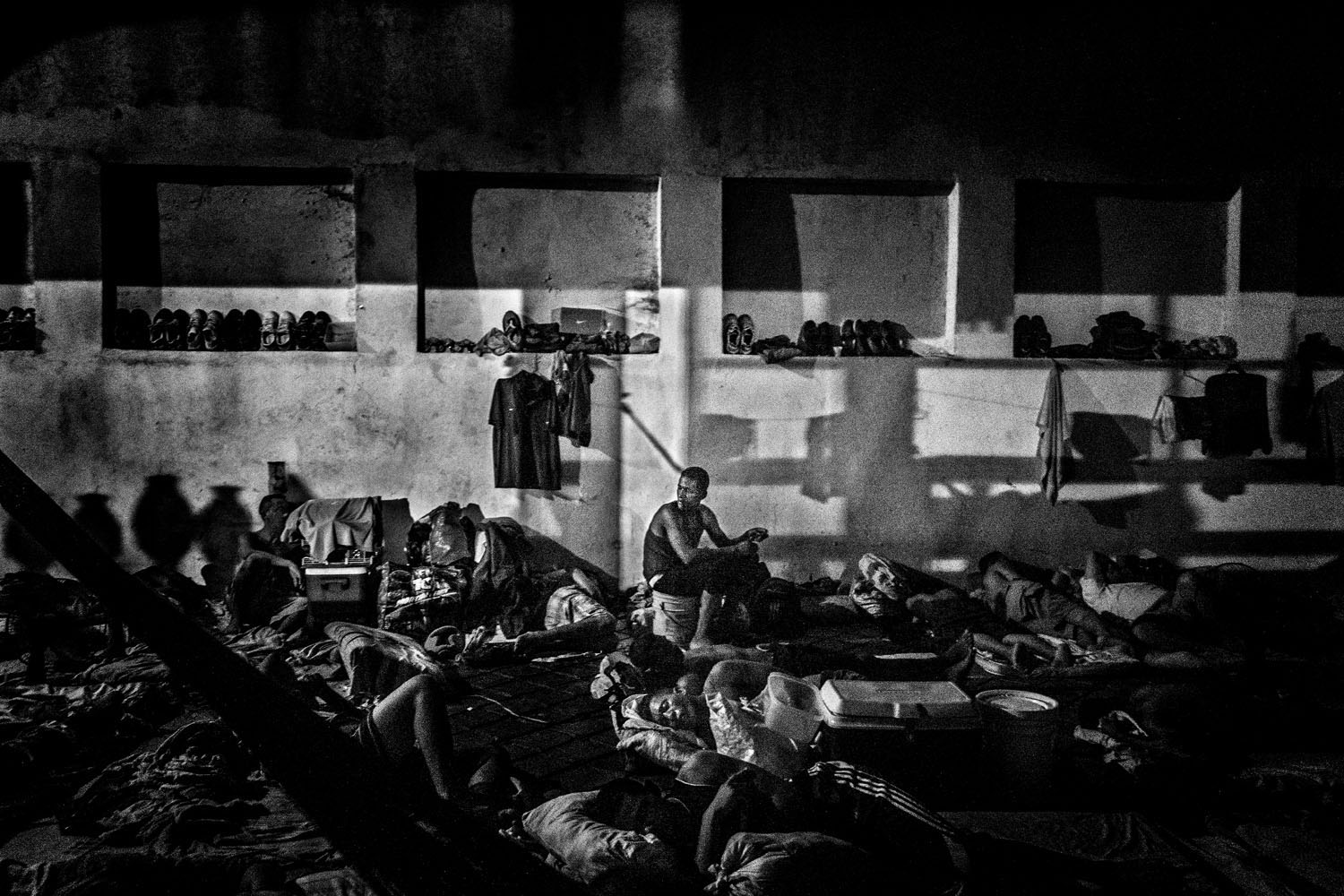
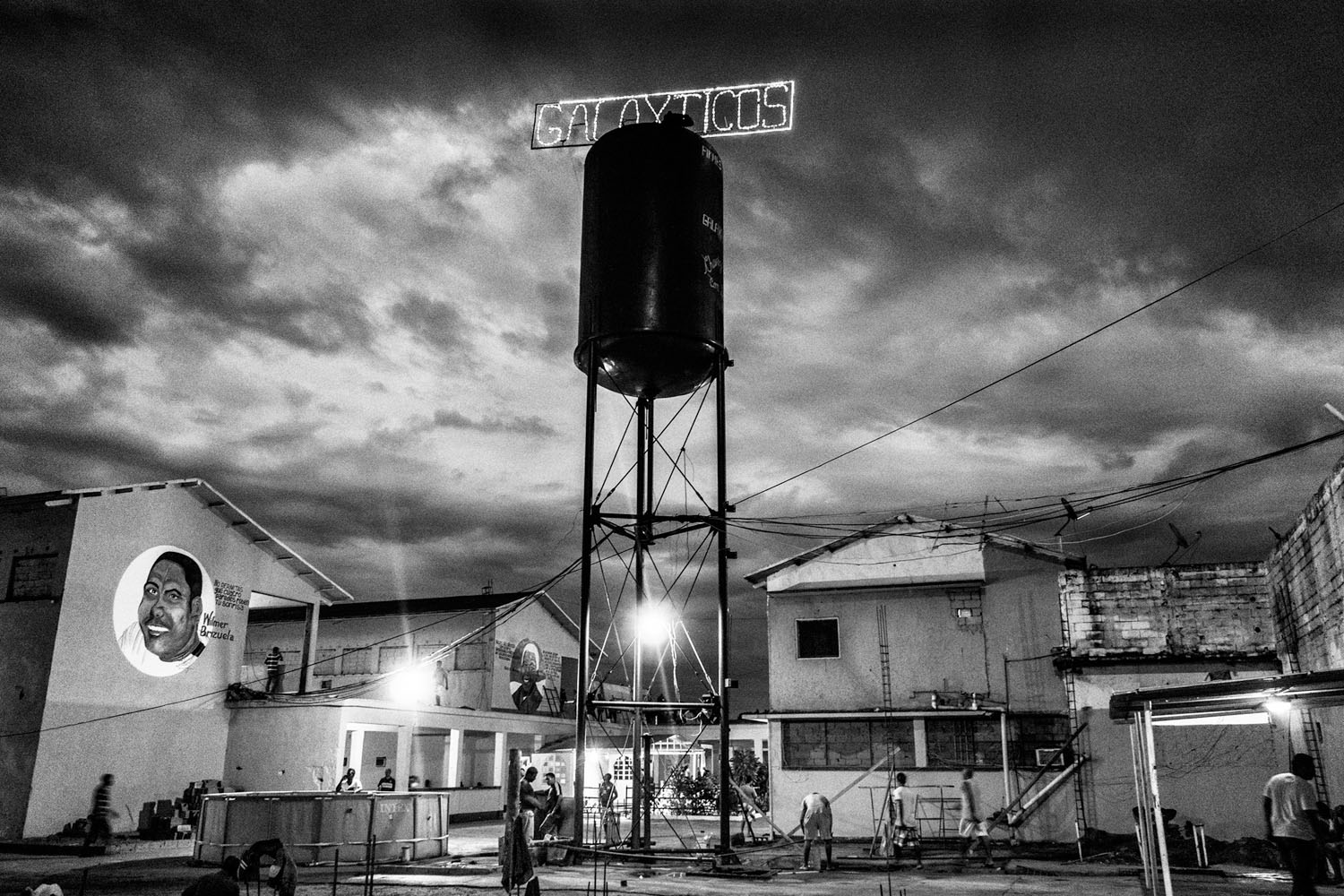
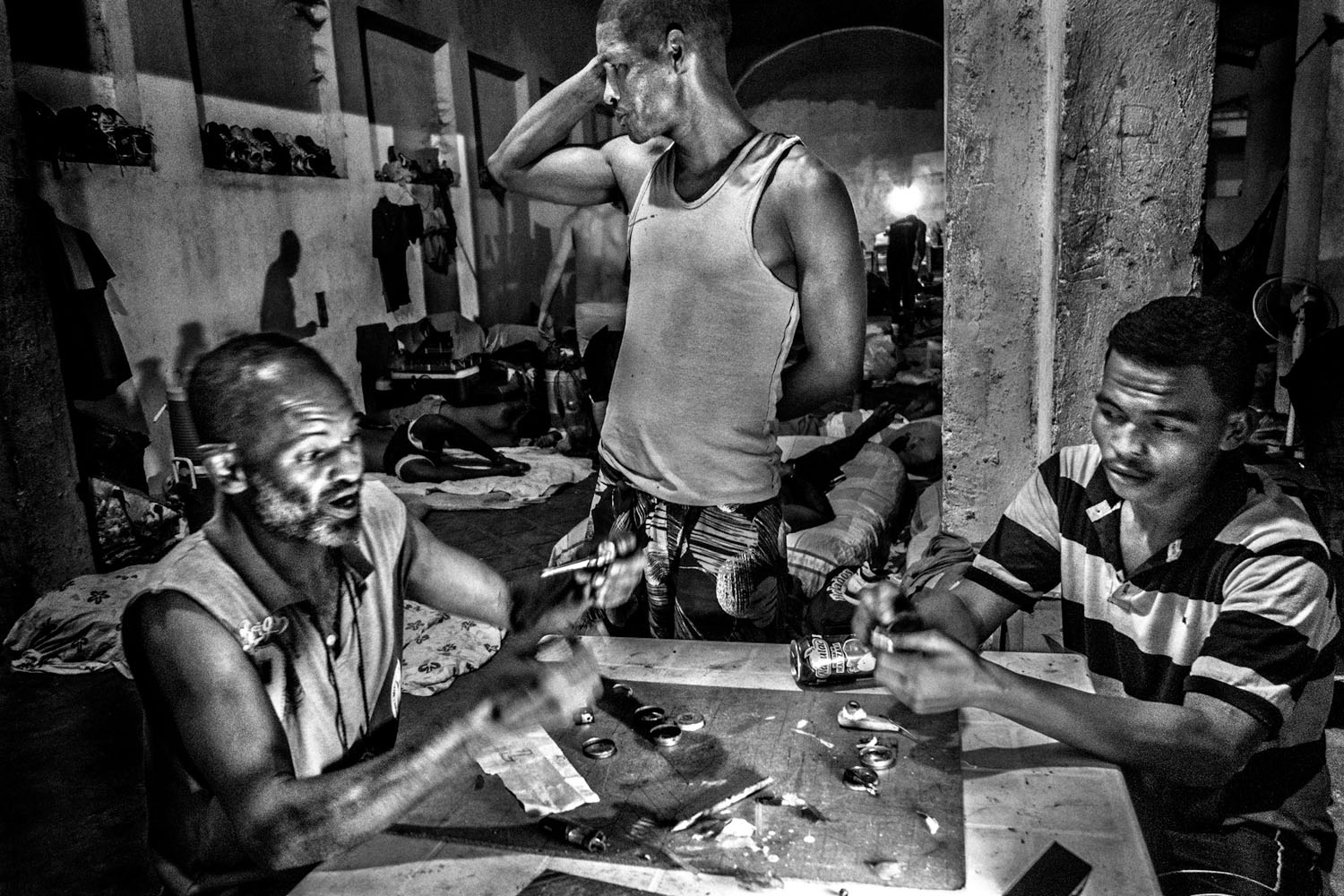
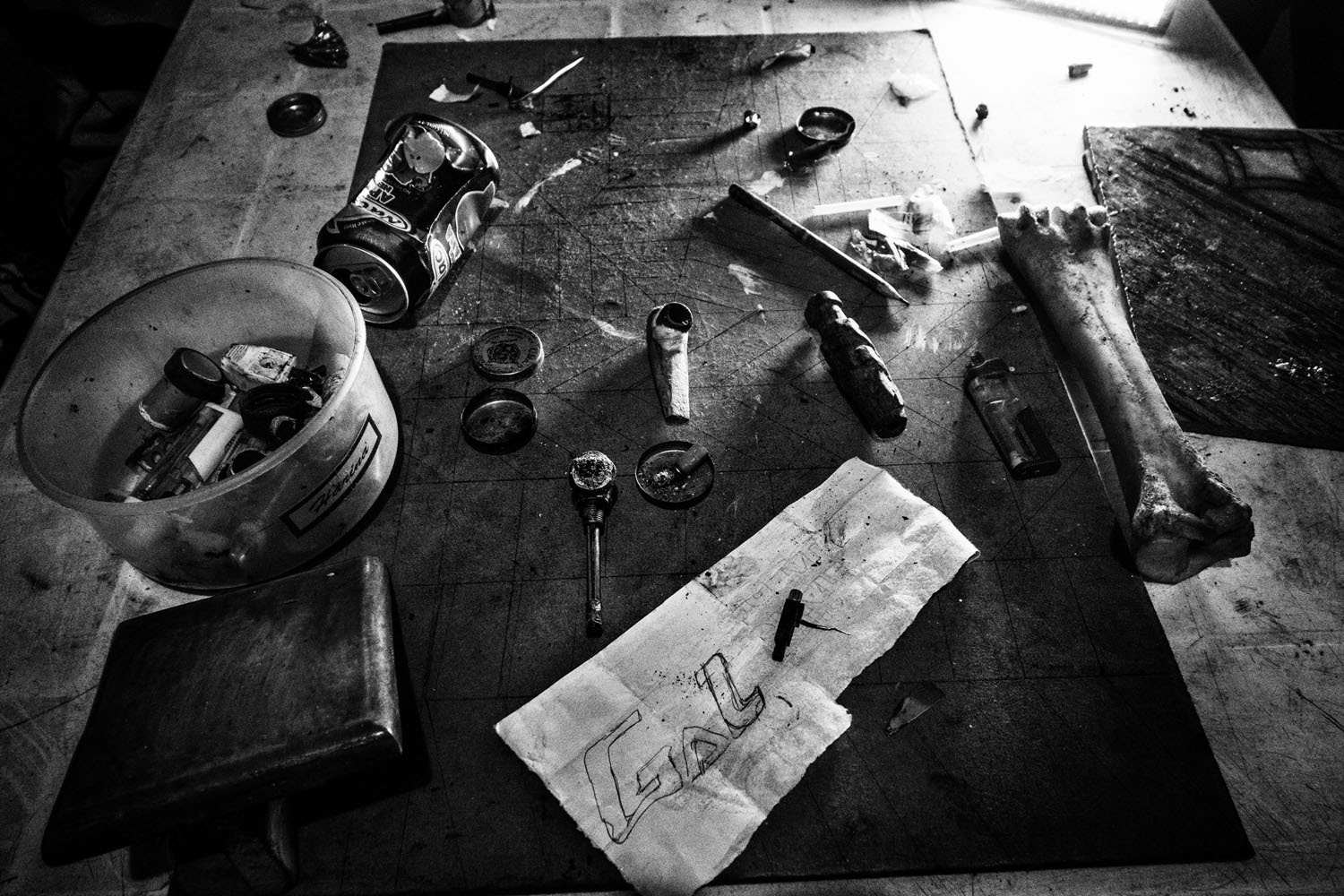


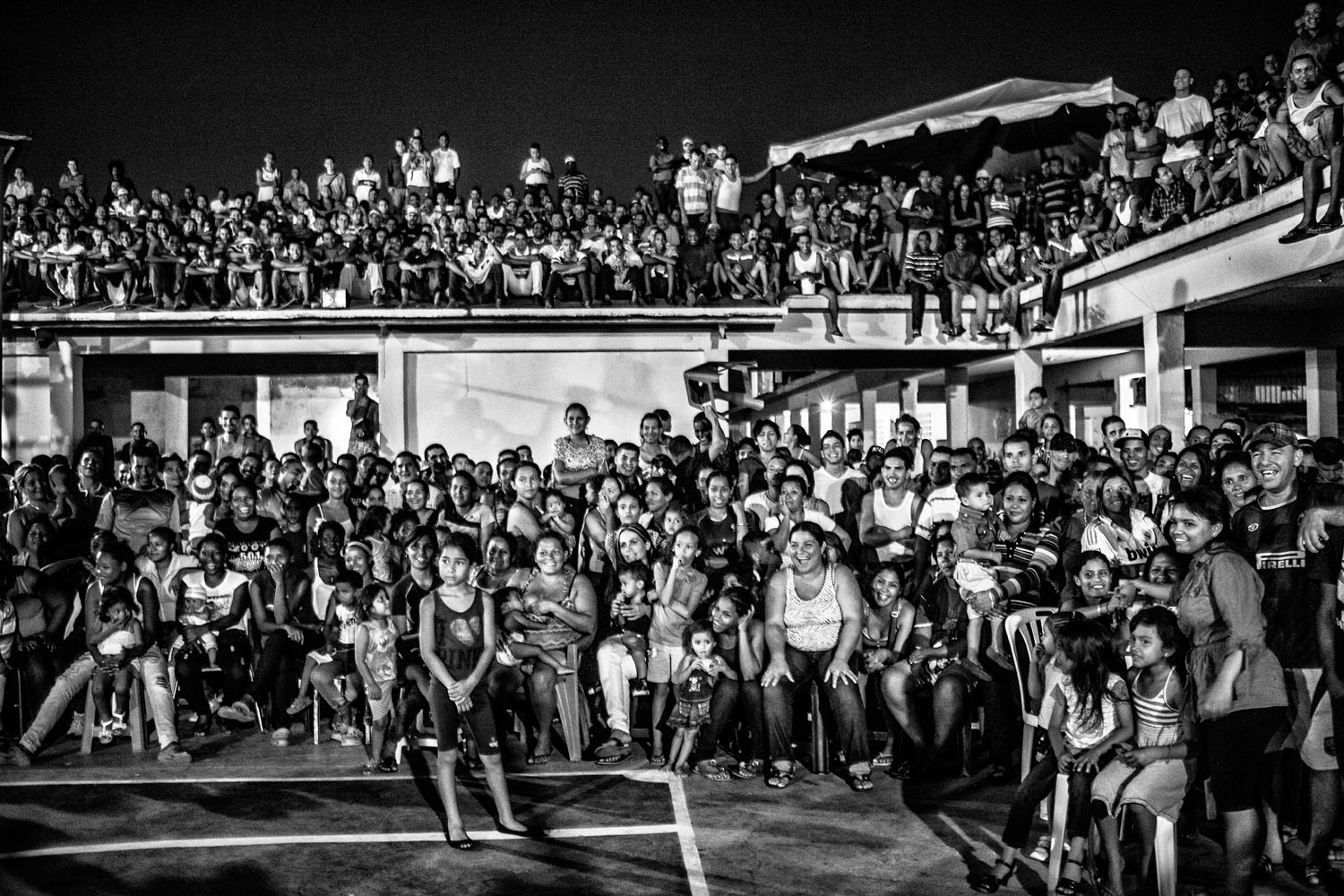
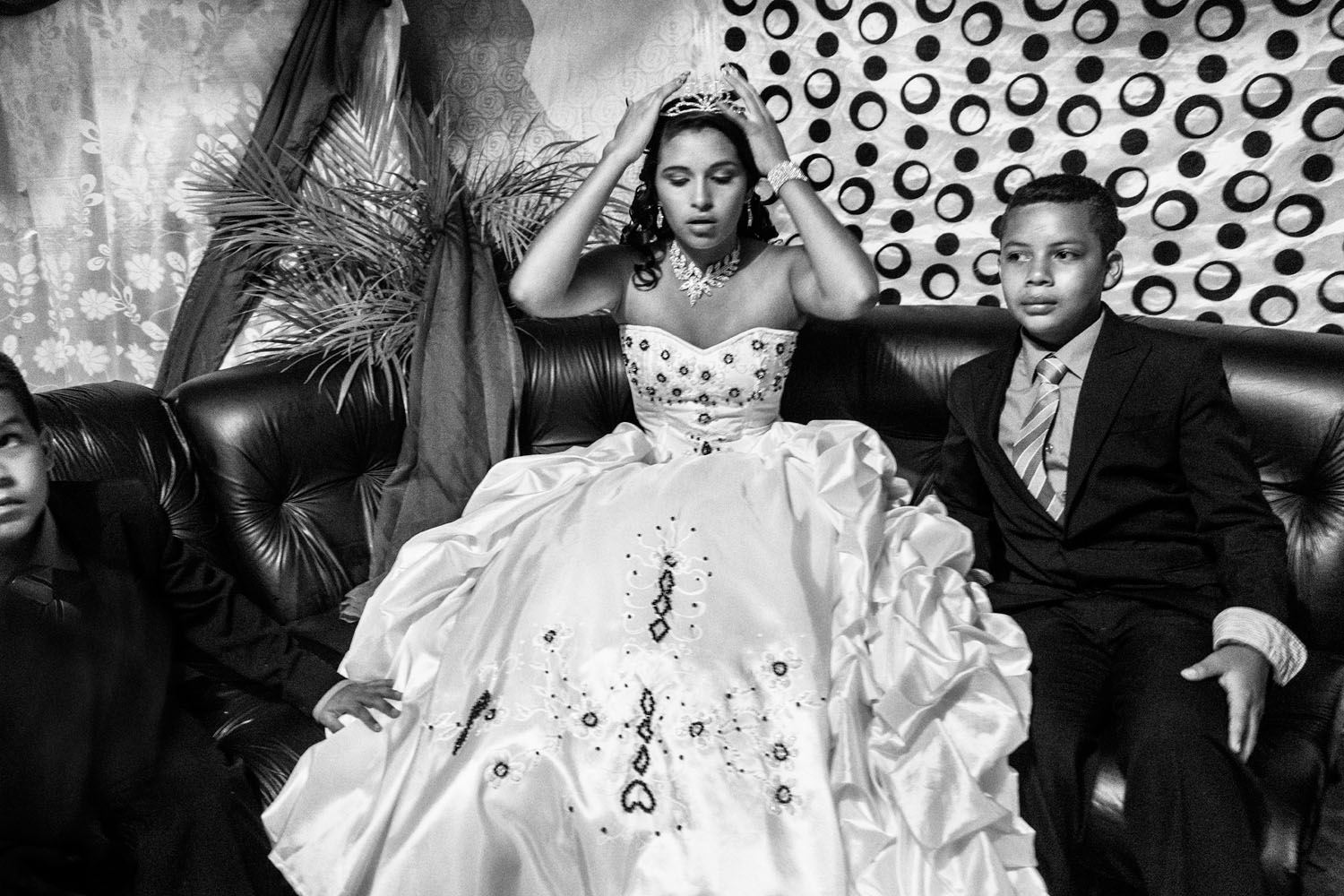


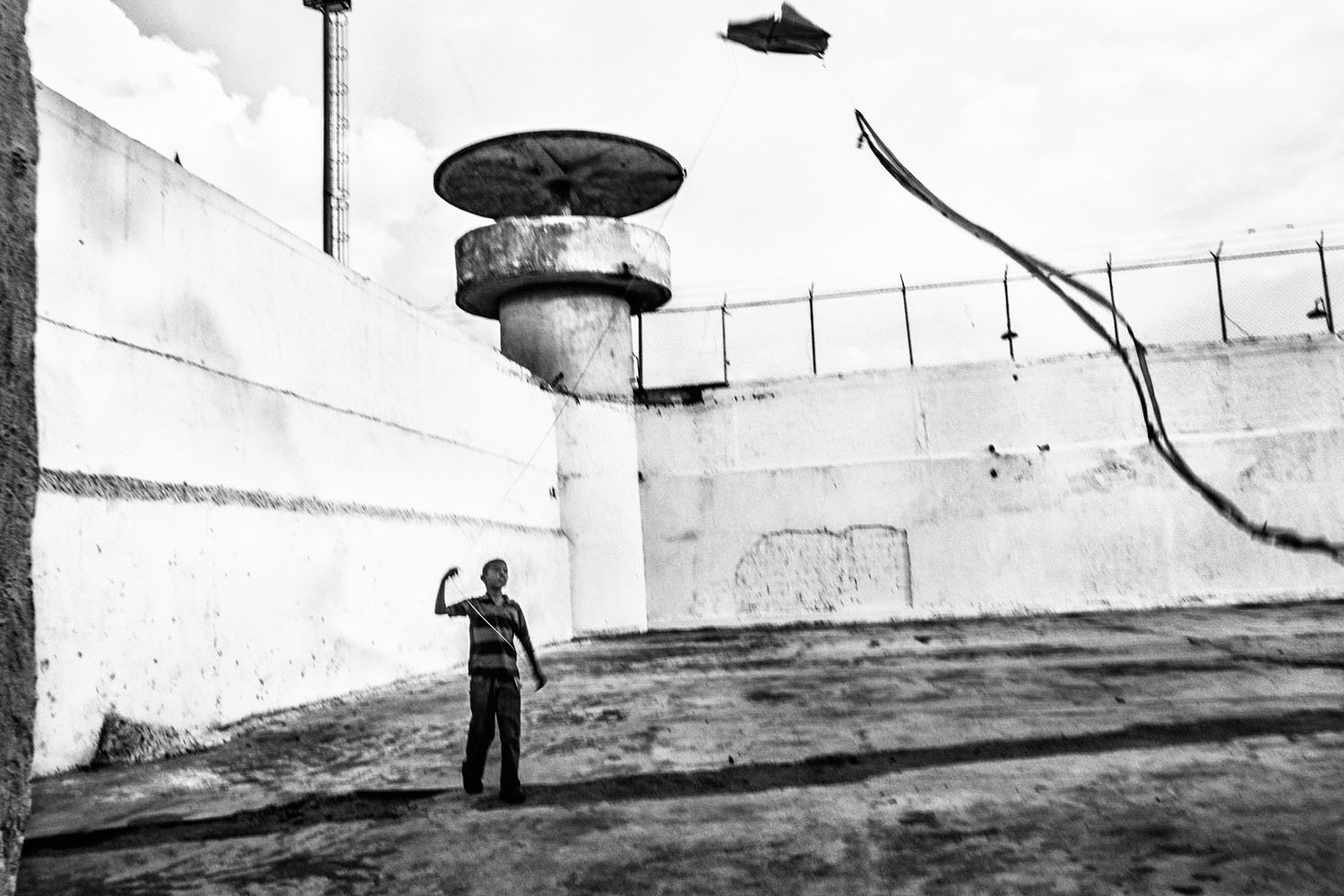
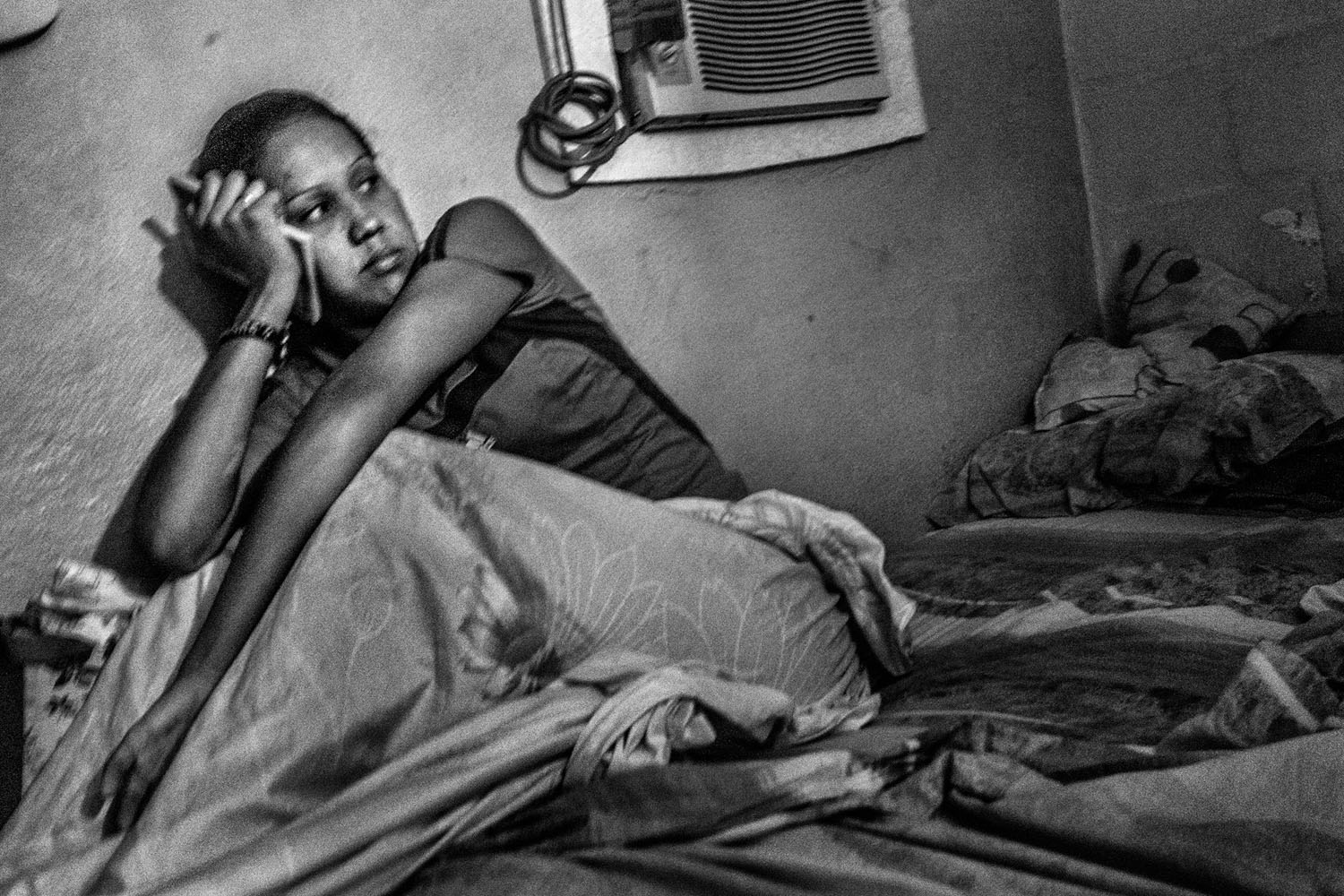
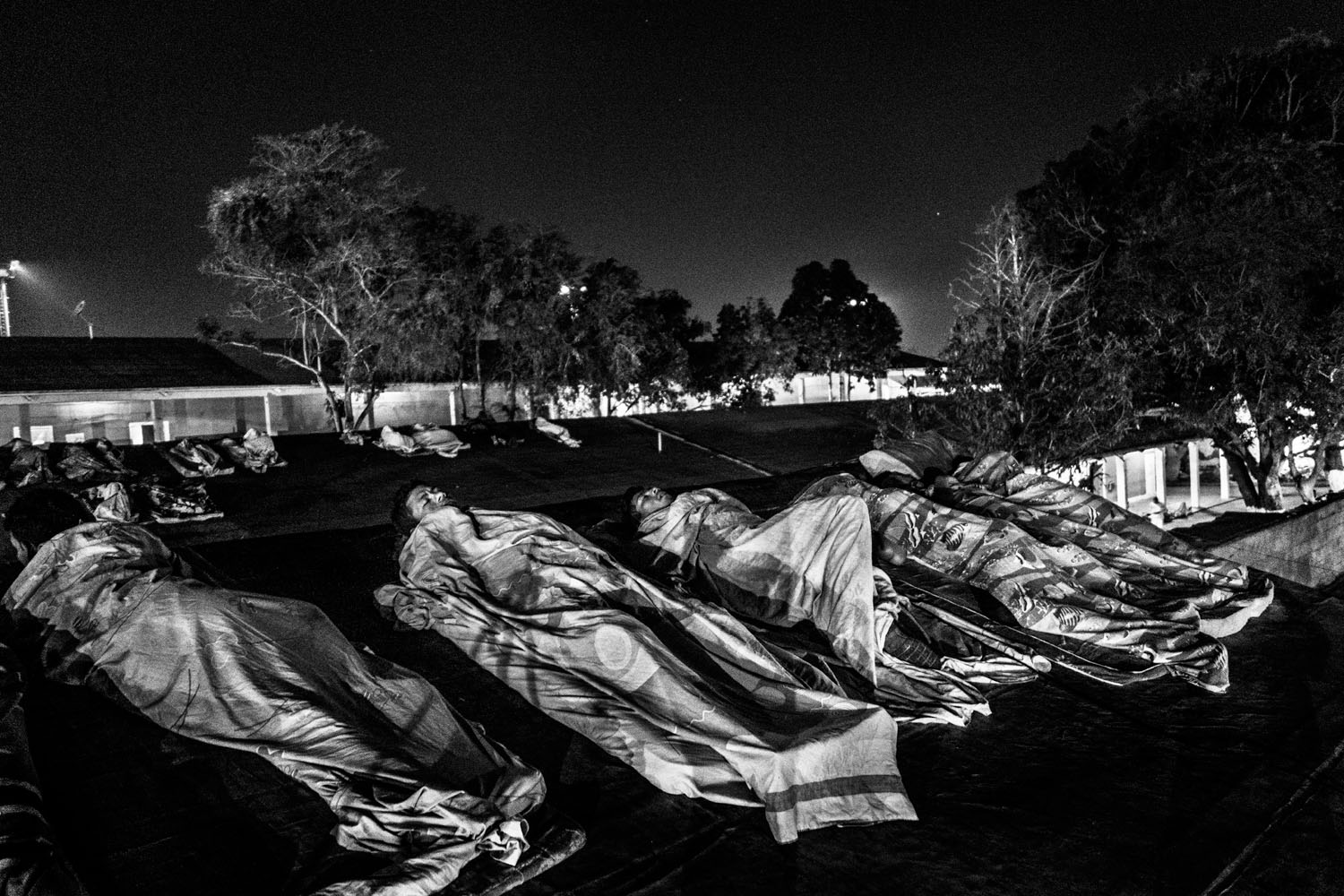
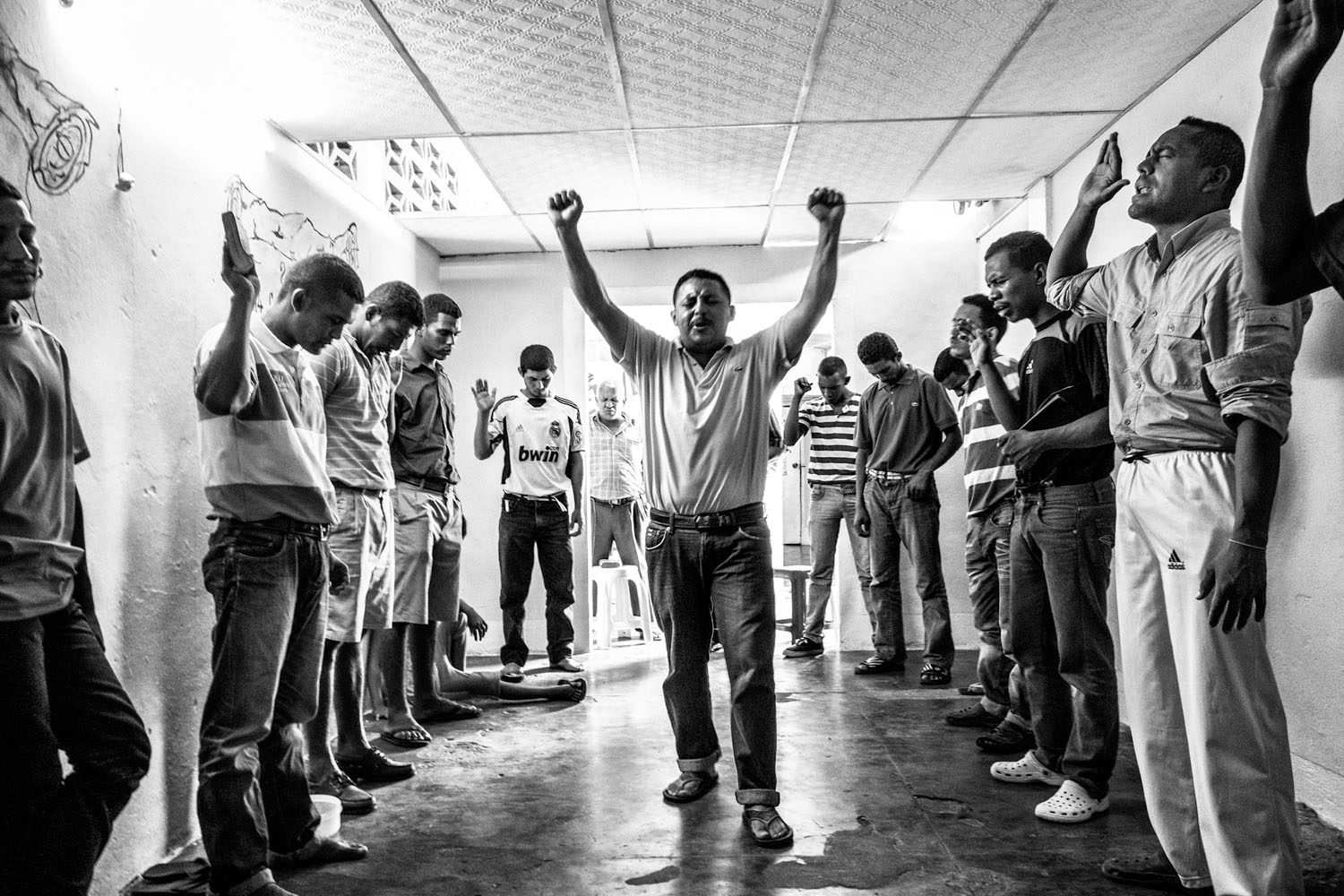
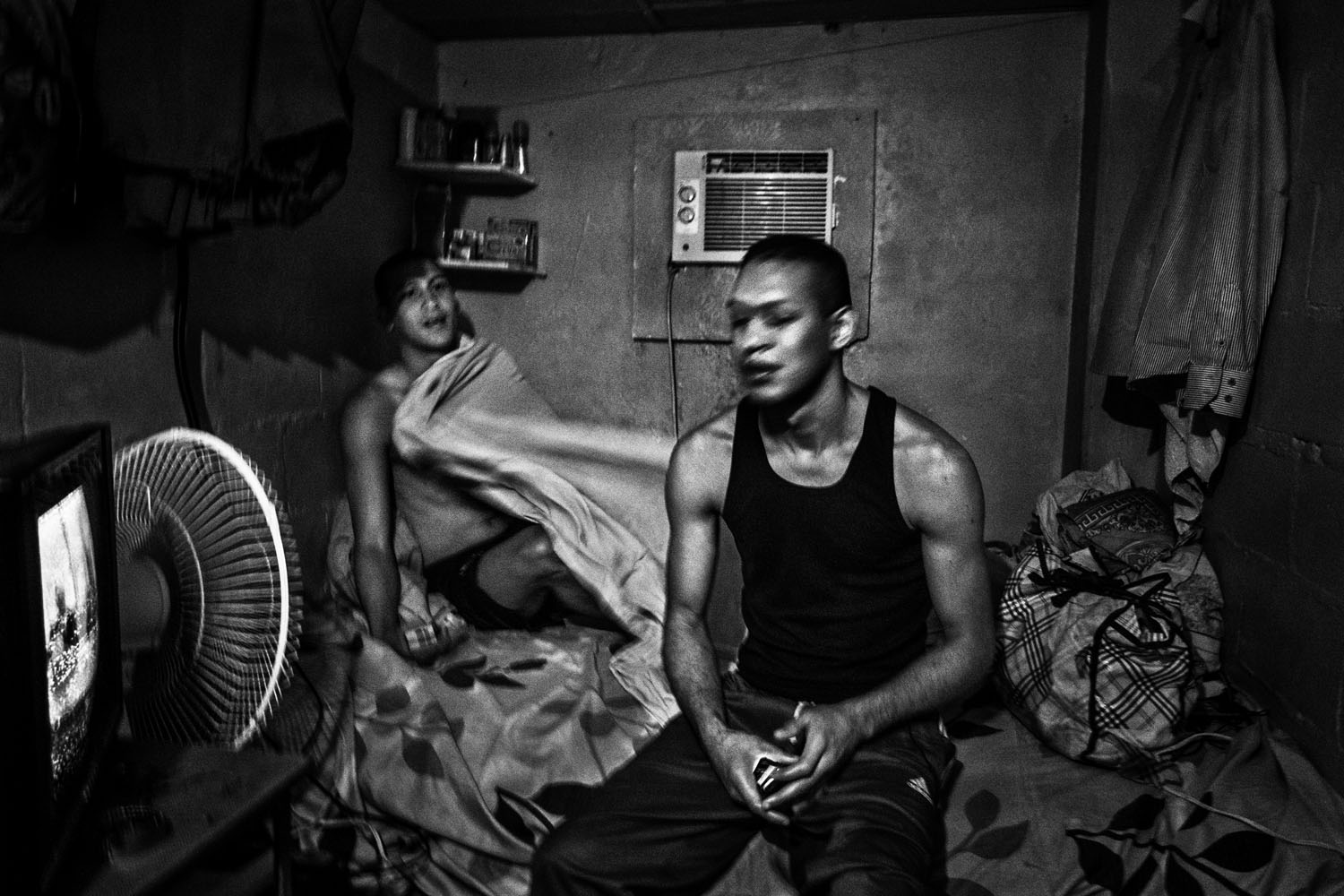

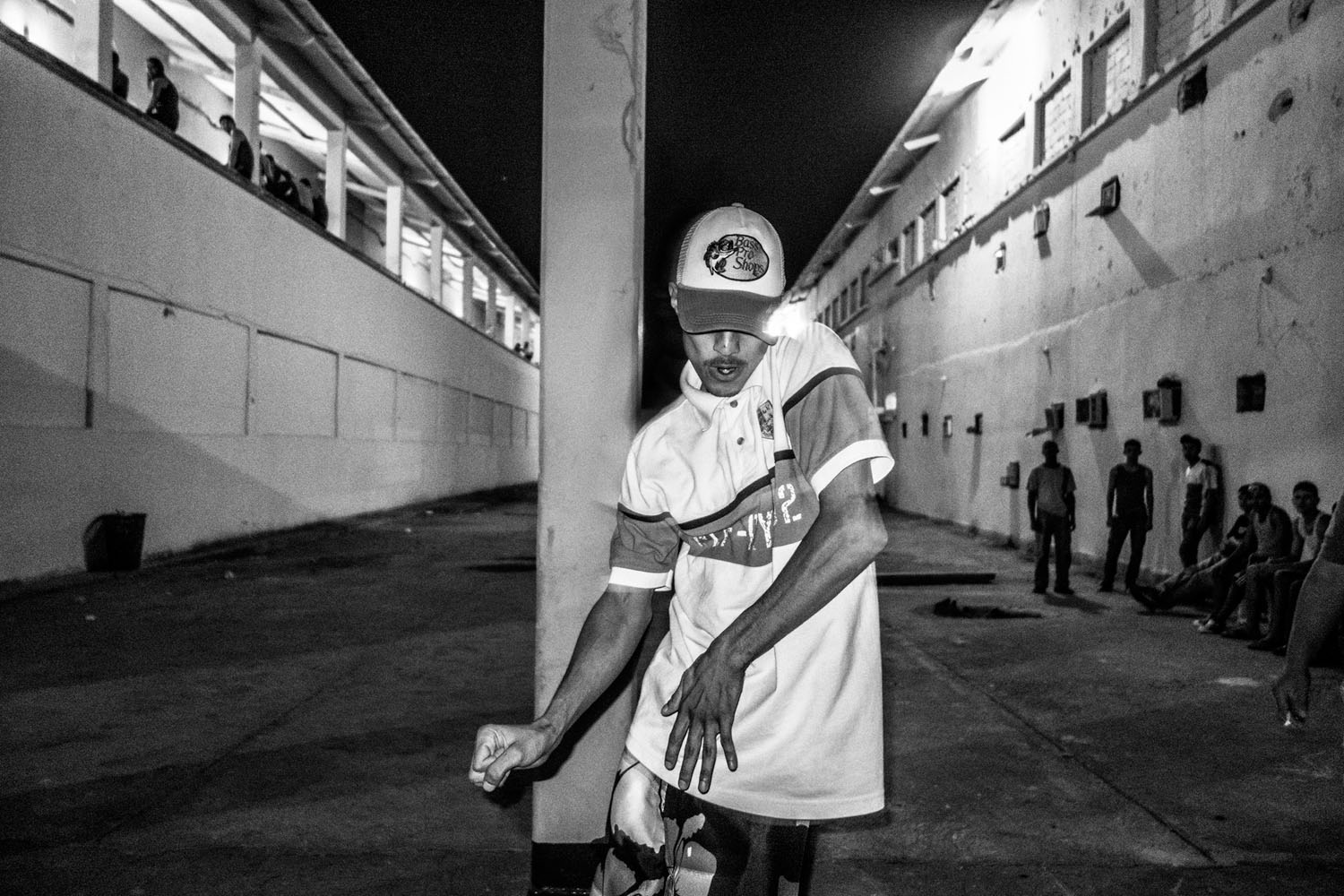
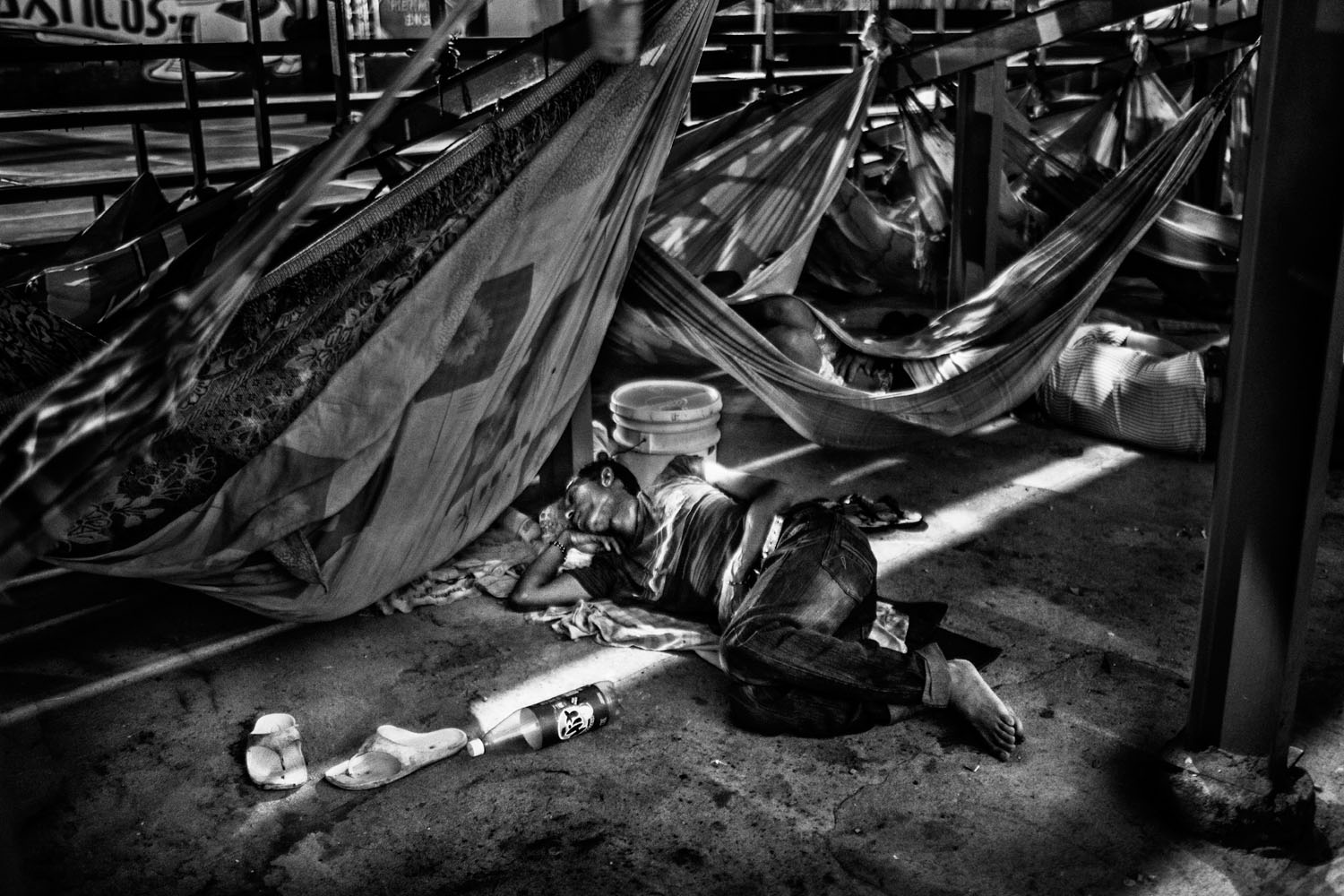


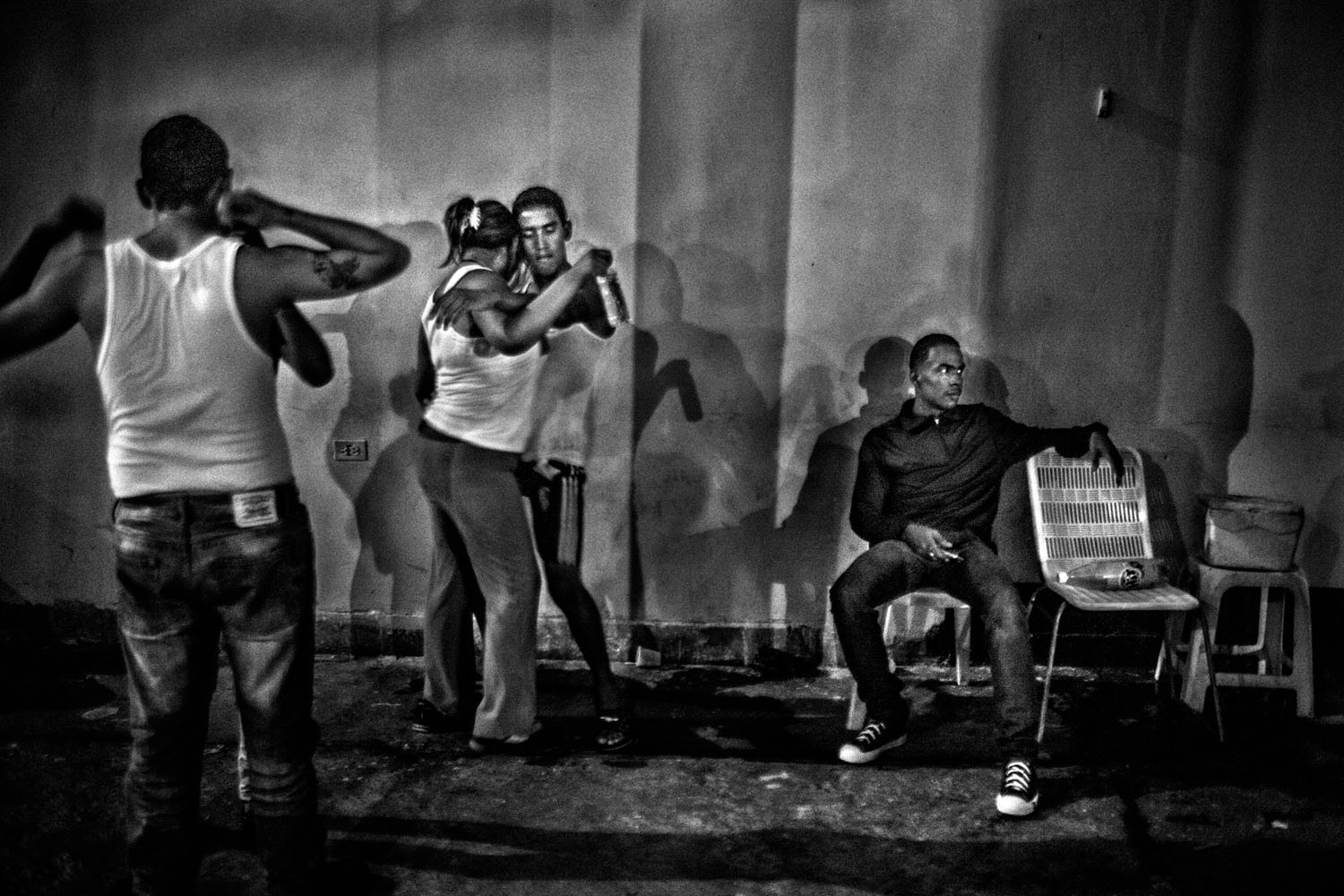
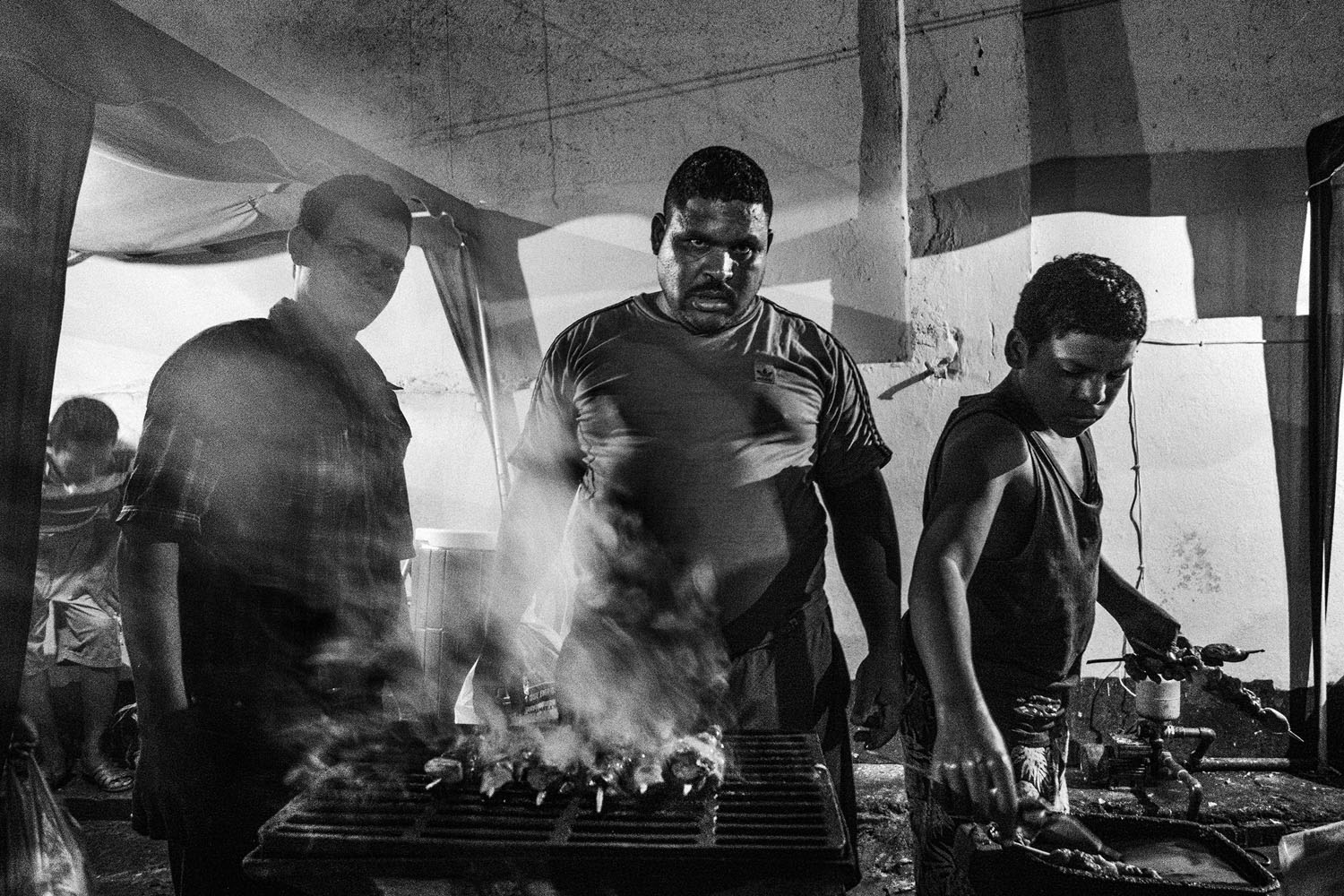
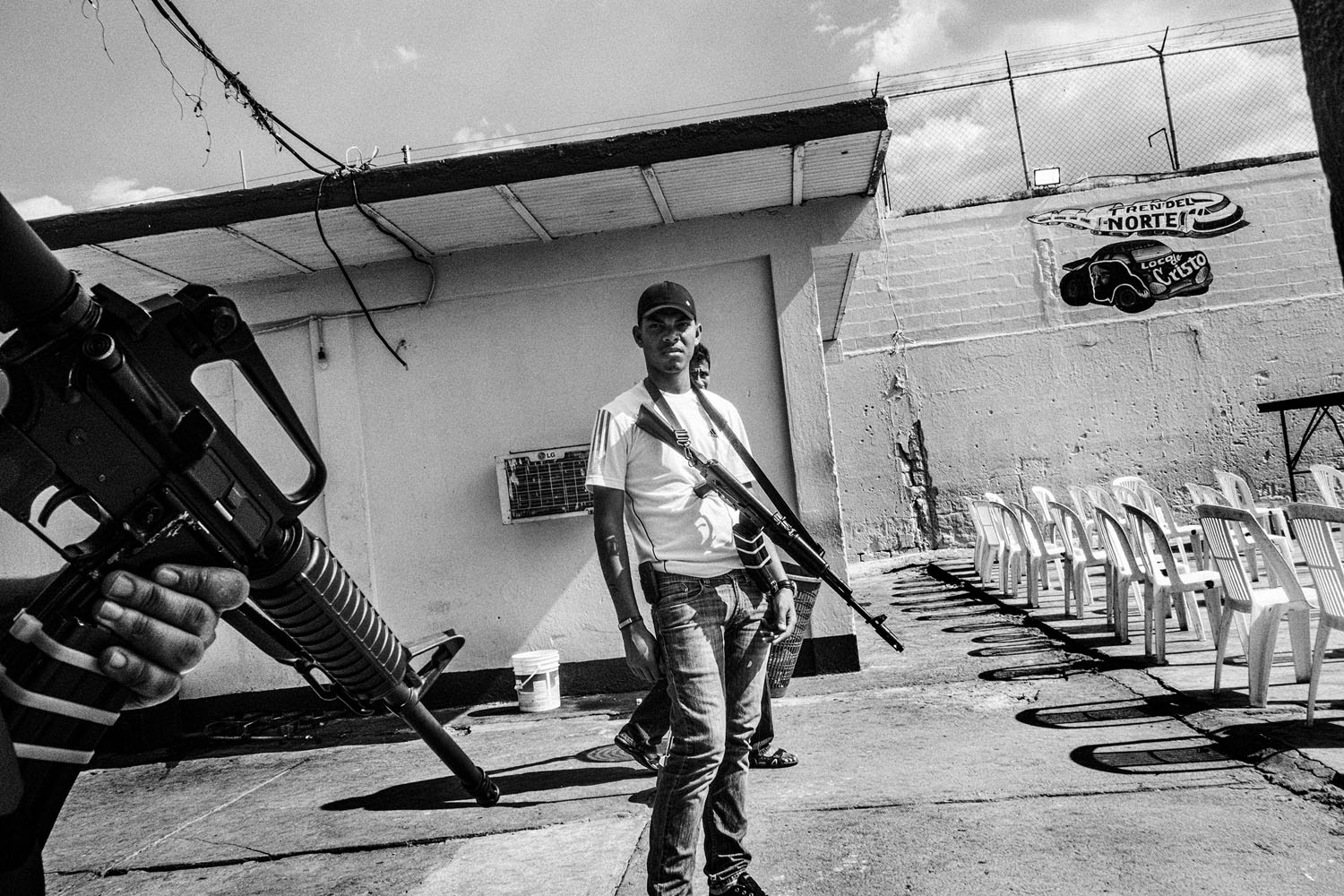
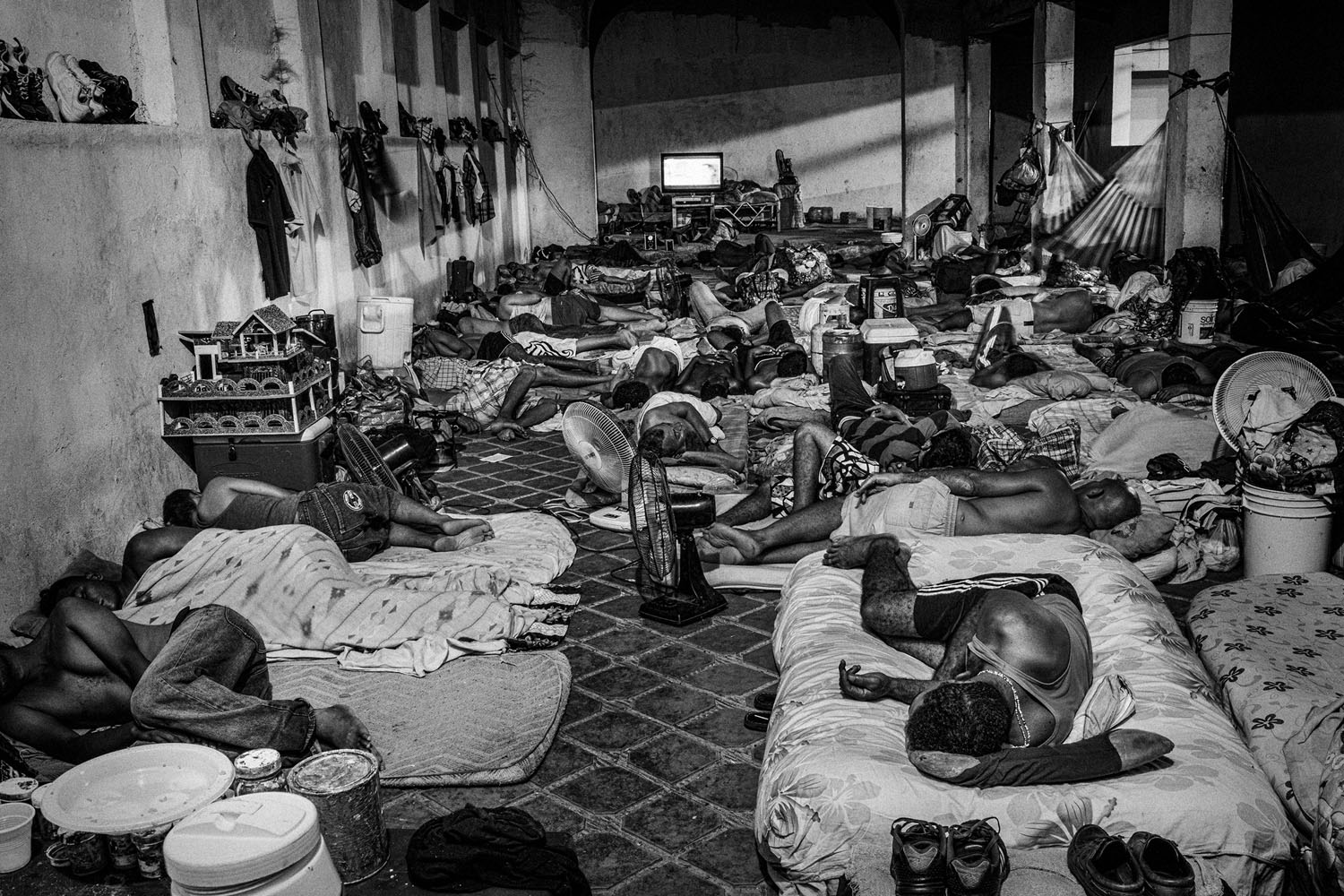

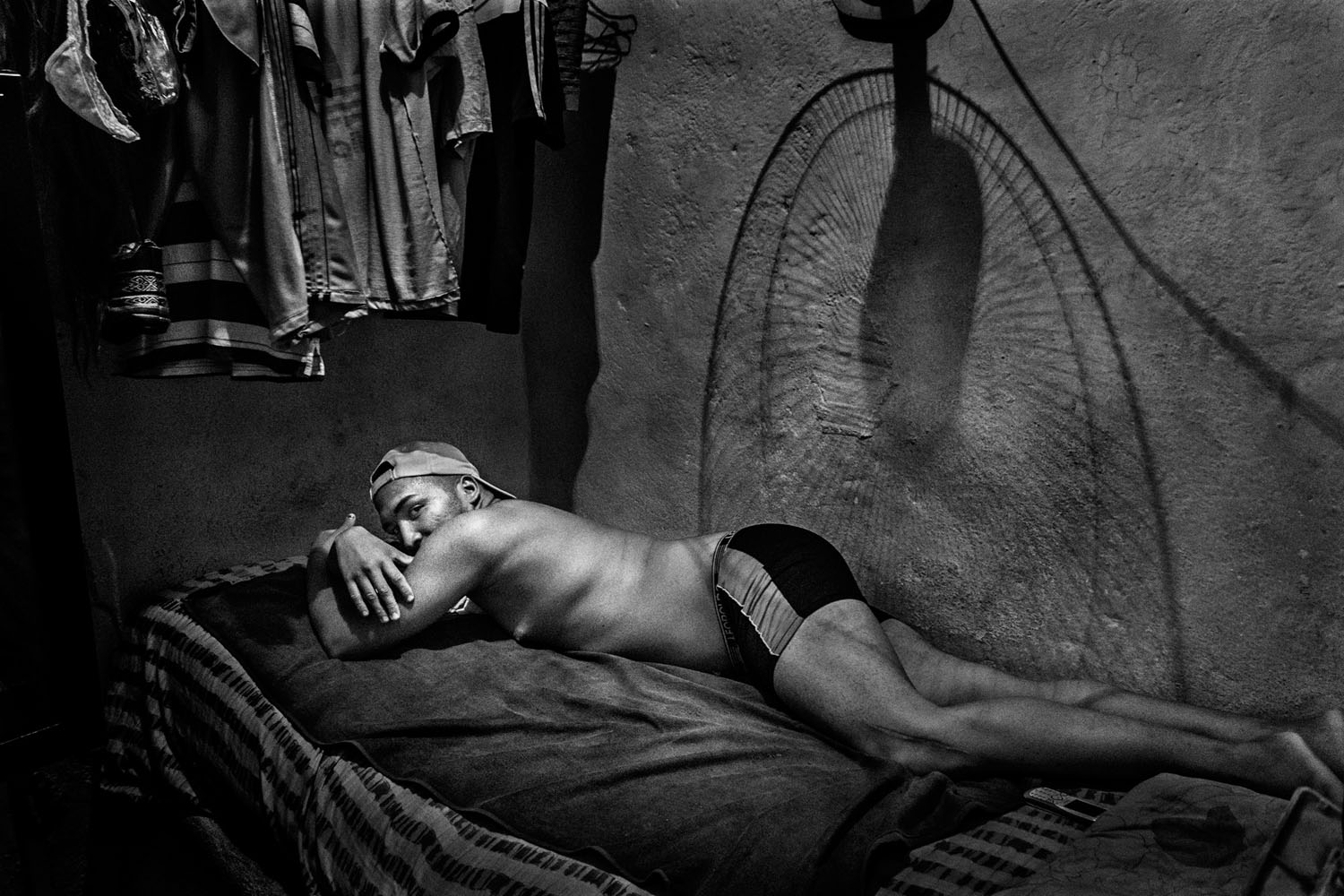
More Must-Reads from TIME
- Cybersecurity Experts Are Sounding the Alarm on DOGE
- Meet the 2025 Women of the Year
- The Harsh Truth About Disability Inclusion
- Why Do More Young Adults Have Cancer?
- Colman Domingo Leads With Radical Love
- How to Get Better at Doing Things Alone
- Michelle Zauner Stares Down the Darkness
Contact us at letters@time.com